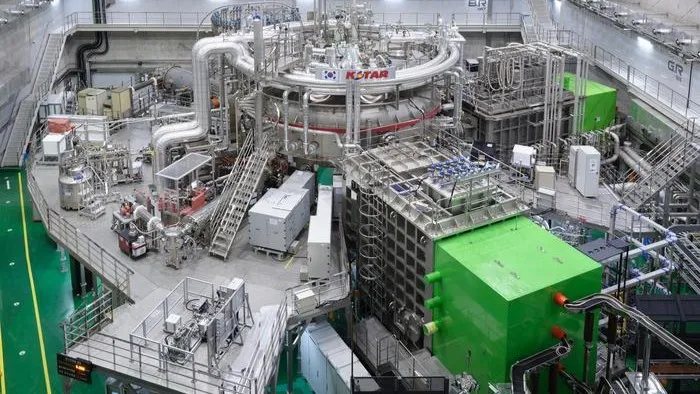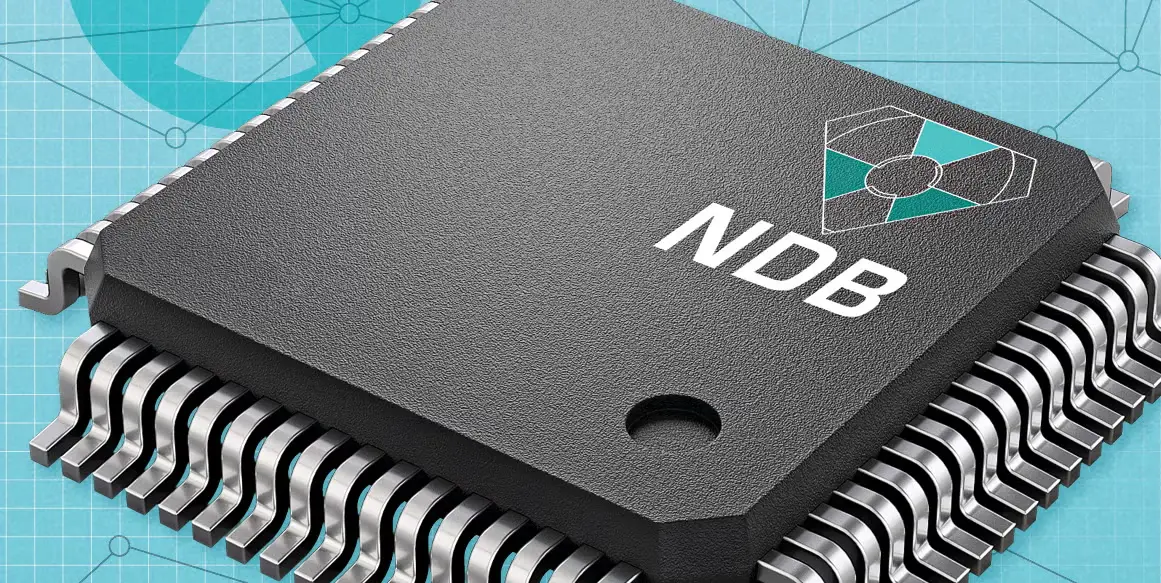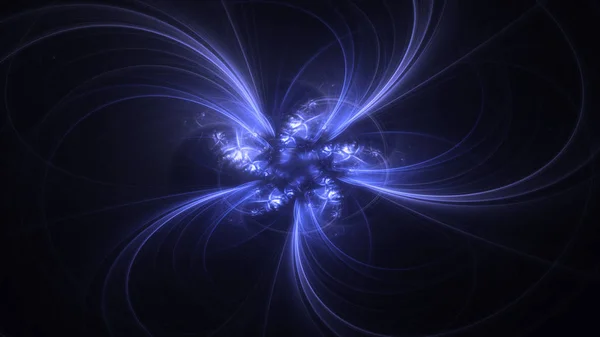South Korea’s fusion reactor hit 100 million degrees Celsius for 48 seconds, setting a new world record.
Key Takeaways
- South Korea’s KSTAR reactor achieved a new record, maintaining plasma at 180 million°F for 48 seconds.
- Nuclear fusion mimics the Sun’s energy process, offering clean energy without harmful waste.
- The tokamak reactor uses magnetic fields to trap superheated plasma for sustained fusion.
- KSTAR improved its reactor by replacing carbon components with tungsten for better heat management.
- The ultimate goal of fusion research is to produce more energy than reactors consume—still a challenge.
_______

Scientists in South Korea have made a major breakthrough in nuclear fusion research. The Korea Superconducting Tokamak Advanced Research (KSTAR) reactor has set a new record by superheating a plasma loop to 180 million degrees Fahrenheit (100 million degrees Celsius) for 48 seconds. This beats the previous record of 31 seconds, also set by KSTAR in 2021. The achievement is another step towards developing nuclear fusion as a near-limitless and clean energy source.
What is Nuclear Fusion?
Nuclear fusion is the process that powers stars, including our Sun. It occurs when hydrogen atoms fuse together to form helium under extreme pressure and temperature. This reaction releases vast amounts of energy without producing harmful greenhouse gases or long-lasting radioactive waste, making it a highly attractive option for sustainable energy. For over 70 years, scientists have been trying to replicate this process on Earth.
However, achieving fusion in a controlled environment is extremely difficult. While stars benefit from immense pressure to sustain fusion at around 27 million degrees Fahrenheit (15 million degrees Celsius), fusion reactors on Earth need to reach much higher temperatures—often exceeding 180 million degrees Fahrenheit (100 million degrees Celsius)—because they operate at much lower pressures. The challenge lies in finding a way to keep this superheated plasma contained long enough for fusion to occur.

How the Tokamak Reactor Works
The most common design for fusion reactors is the tokamak, a donut-shaped chamber that uses magnetic fields to trap and contain superheated plasma. This plasma, a state of matter made of positive ions and free electrons, must be kept stable and in place long enough for the hydrogen atoms to fuse and release energy.
Soviet scientist Natan Yavlinsky designed the first tokamak reactor in 1958, and since then, researchers have been working to improve the design. Despite significant progress, no tokamak has been able to produce more energy than it consumes, which remains the ultimate goal of fusion energy research.
KSTAR’s Breakthrough and Future Goals
The KSTAR reactor’s recent breakthrough marks another important step forward. By tweaking the reactor’s design—such as replacing carbon components with tungsten to improve the efficiency of its divertors, which extract heat and ash—the scientists were able to significantly extend the plasma’s burning time from 31 seconds to 48 seconds.
Si-Woo Yoon, the director of the KSTAR Research Center, noted that this success came despite the challenges of working with the new tungsten divertors. The team now has its sights set on an even bigger goal: by 2026, they hope to sustain the plasma at 180 million degrees Fahrenheit for a full 300 seconds.
This achievement underscores the continued progress in fusion research, but it also highlights the long road ahead. While KSTAR’s accomplishment brings us closer to creating a sustainable source of clean energy, there is still much to learn before fusion can become a practical solution to the world’s energy needs.
Recent achievements in fusion energy have seen competing reactors, including the U.S. government’s National Ignition Facility (NIF), making headlines. Notably, NIF recently reached a milestone where its reactor core generated more energy than it consumed.





GlobalBllog I very delighted to find this internet site on bing, just what I was searching for as well saved to fav